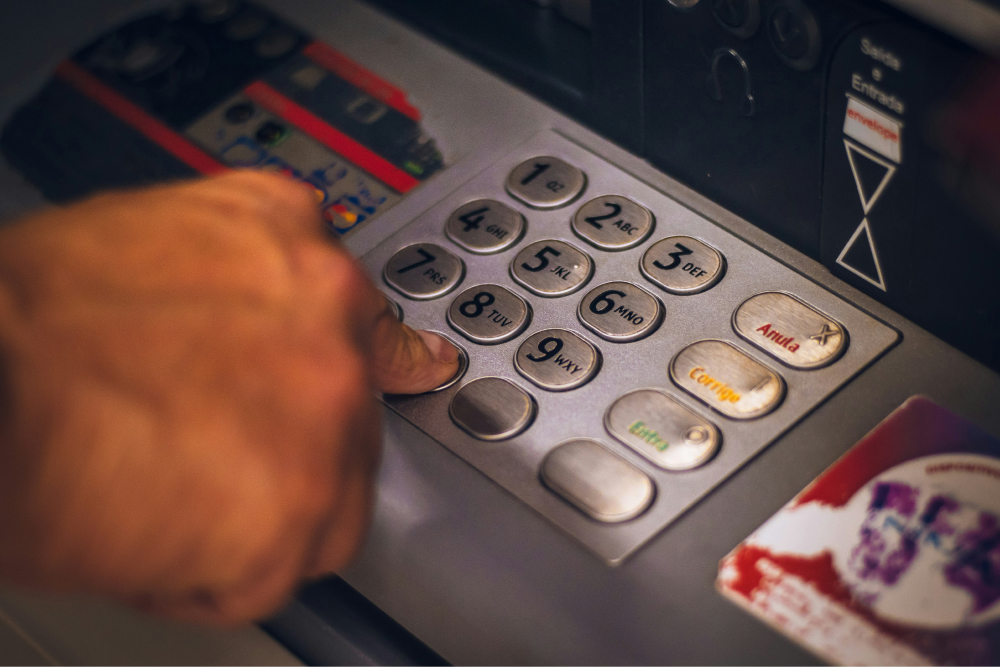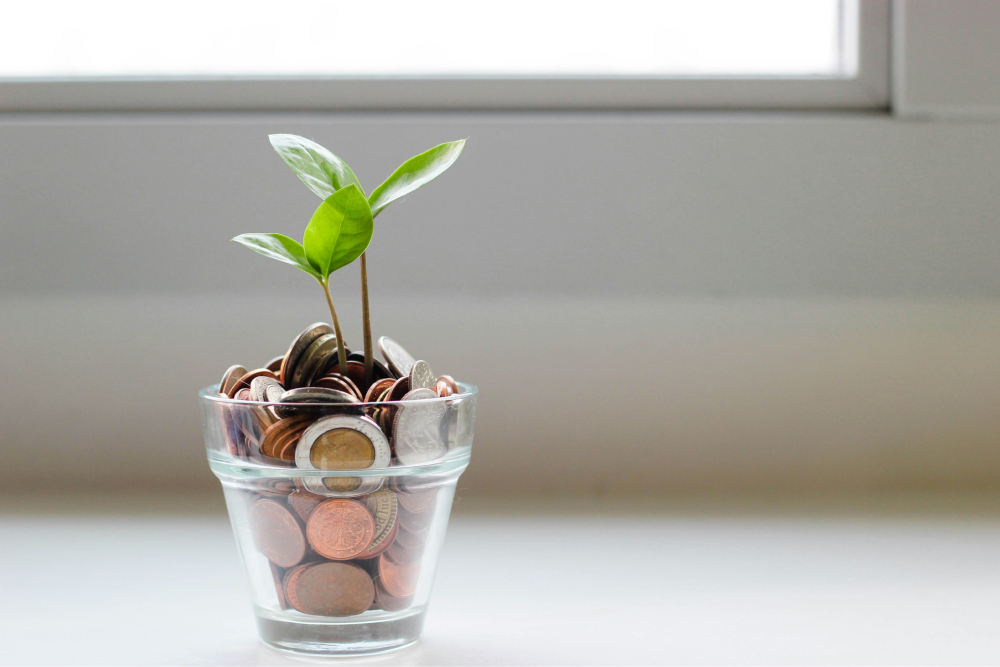Introduction
Are you overwhelmed by debt and considering bankruptcy as a solution? This step-by-step guide will help you understand the bankruptcy process, what it entails, and how to navigate it successfully. From assessing your situation to working with the official receiver, we break down each stage to empower you in making informed decisions. If you need assistance or have specific legal questions, Contend’s highly trained AI legal experts are here to provide guidance and support. With Contend, you can access the easiest legal help in the UK to resolve your legal problems with confidence.
If you’re struggling with overwhelming debt and considering bankruptcy as a solution, it’s important to understand the process and what it entails. Bankruptcy can provide a fresh start, but it also comes with significant consequences. Here’s a straightforward guide to help you navigate the steps involved in filing for bankruptcy.
Step 1: Assess Your Situation
Before diving into the bankruptcy process, take some time to evaluate whether it’s truly the right choice for you. Bankruptcy can relieve you of certain debts, but it can also affect your daily life, including your credit score and ability to borrow in the future. Make sure you’ve explored all your options and sought advice from a financial advisor or a debt charity.

Step 2: Fill Out the Bankruptcy Application
Once you’ve decided to proceed, the next step is to complete your bankruptcy application. You can do this online through the GOV.UK website. The application process allows you to save your progress and return later if needed.
Remember, there’s a fee of £680 to file for bankruptcy. This fee is non-refundable unless you cancel your application before submission. You can pay the fee online using a credit or debit card, and if you choose to pay online, you can do so in installments starting from just £5. Alternatively, you can pay by cash at a designated bank, but this option does not allow for installments.
Step 3: Prepare for Immediate Financial Changes
After you file for bankruptcy, there might be a delay before the official receiver takes control of your finances. However, your bank accounts could be frozen right away, which means you won’t have access to your funds. To avoid any disruption in your daily expenses, withdraw enough cash to cover your living costs for the next few weeks.
Step 4: Submit Your Application
When you’re ready to submit your application, you’ll need to confirm a few important statements, including that the information you provided is accurate and that you agree to a credit check. If someone is helping you with the application, it’s crucial that you review and agree to these statements yourself. Providing false information can lead to serious legal consequences.
Step 5: Wait for the Decision
After your application is submitted, an adjudicator will review your case and make a decision within 28 days. If they need more information, they may reach out to you, which could extend the decision-making period by another 14 days. If your application is rejected, you have the right to request a review and, if necessary, appeal the decision in court.
Step 6: Bankruptcy Order Issued
If your application is approved, a bankruptcy order will be made, officially declaring you bankrupt. At this point, your bank accounts will typically be frozen, and you’ll need to follow the next steps carefully.
Step 7: Work with the Official Receiver
Once declared bankrupt, your finances will be managed by the official receiver. They will contact you within two weeks to arrange an interview, which is usually conducted over the phone. This is an important step, as the official receiver will oversee the distribution of your assets to your creditors. It’s essential to cooperate fully during this process.
Step 8: Open a New Bank Account
You may need to open a new bank account to manage your finances moving forward. While some banks might be hesitant to open accounts for individuals who are bankrupt, you can often find basic bank accounts that will allow you to receive payments and pay bills.
Step 9: Discharge from Bankruptcy
Provided you cooperate with the official receiver, you can expect to be discharged from bankruptcy after a year. This means you will no longer be under the bankruptcy order, and you can begin to rebuild your financial life.
Next Steps
After bankruptcy, it’s helpful to understand what comes next. You might want to learn about how the process differs if a creditor initiates bankruptcy against you, what to expect after your discharge, and where to find ongoing support and advice.
For more detailed information on the bankruptcy application process, visit the GOV.UK website. If you’re based in London and have specific inquiries, you can reach out to the Bankruptcy Court located at the Royal Courts of Justice.
Navigating bankruptcy can be challenging, but knowing what to expect can help you feel more in control of your situation. Don’t hesitate to seek help and support as you move through this process. If you have specific legal questions or need guidance, consider trying Contend’s legal expert chat. Contend’s highly trained AI legal experts will work with you to provide guidance and help you understand and resolve your legal problems. Contend is the Easiest Legal Help in the UK.
For more info, check out some of our related articles:
